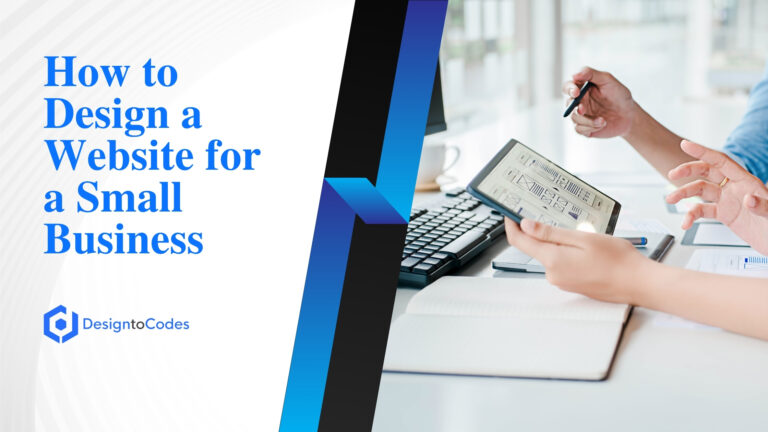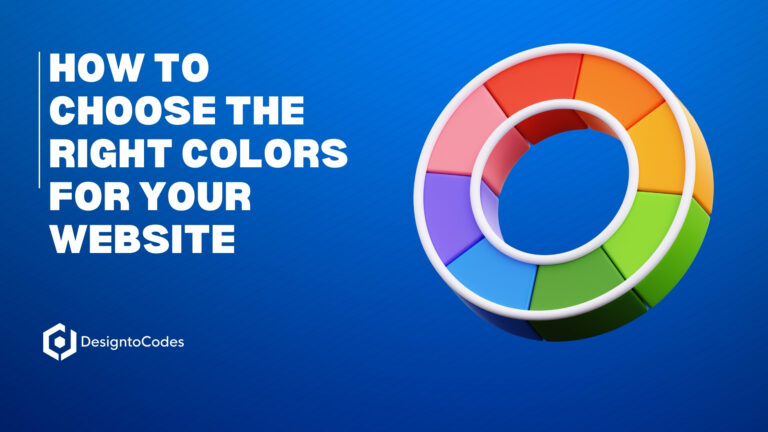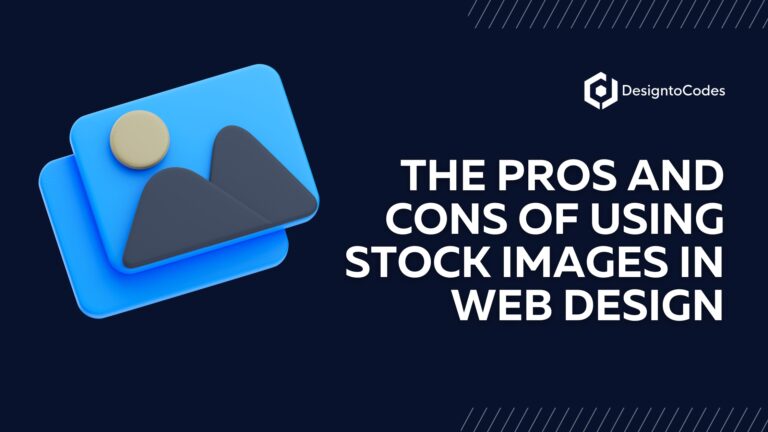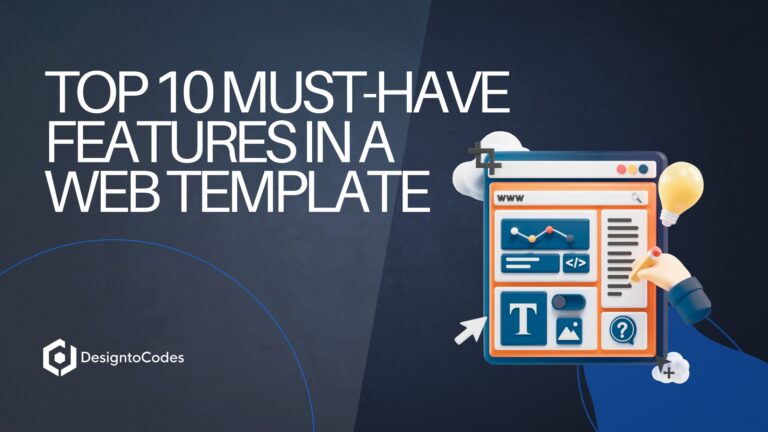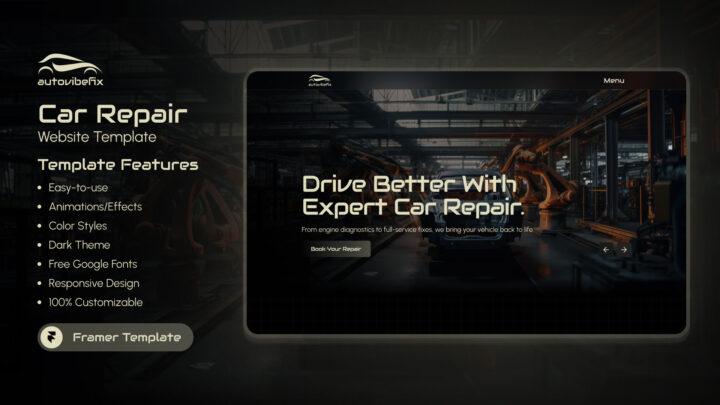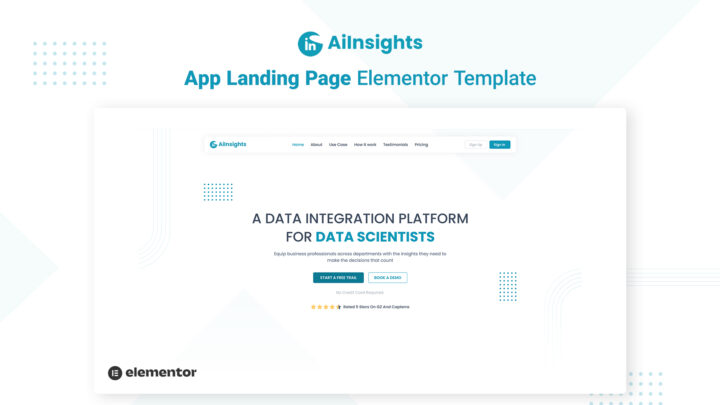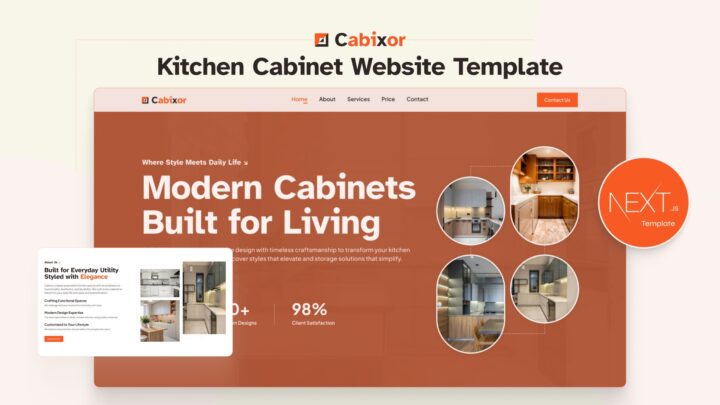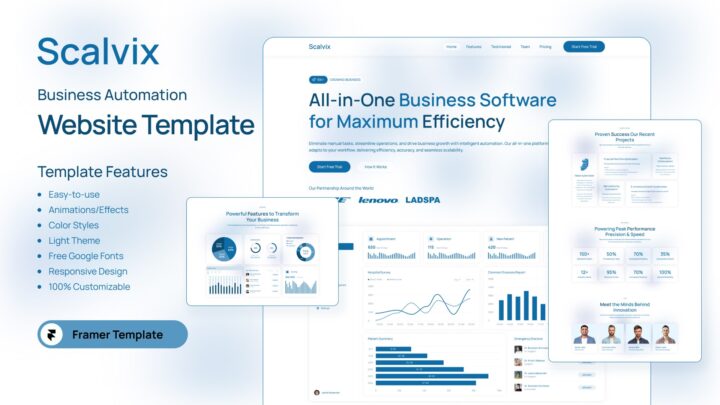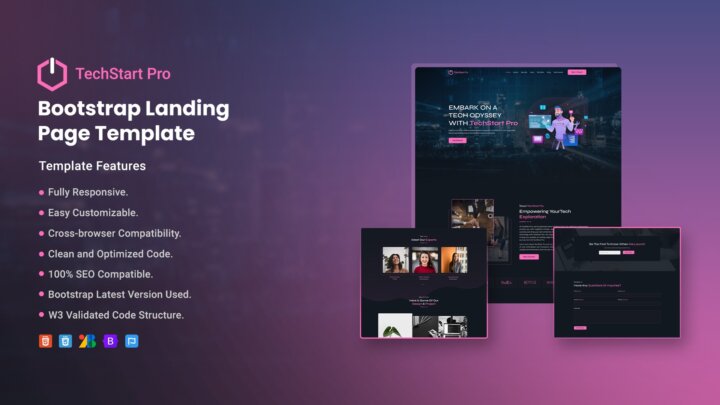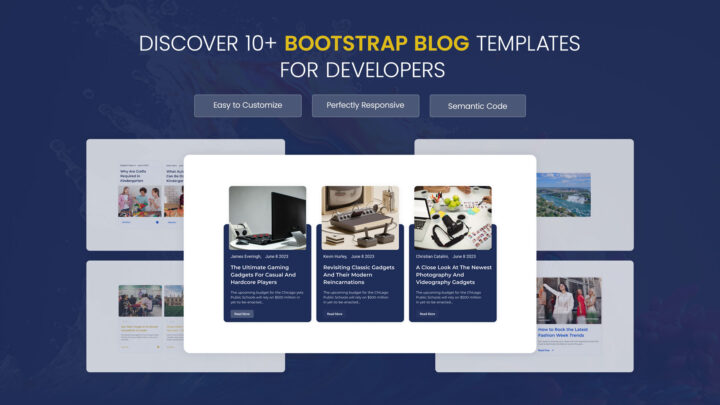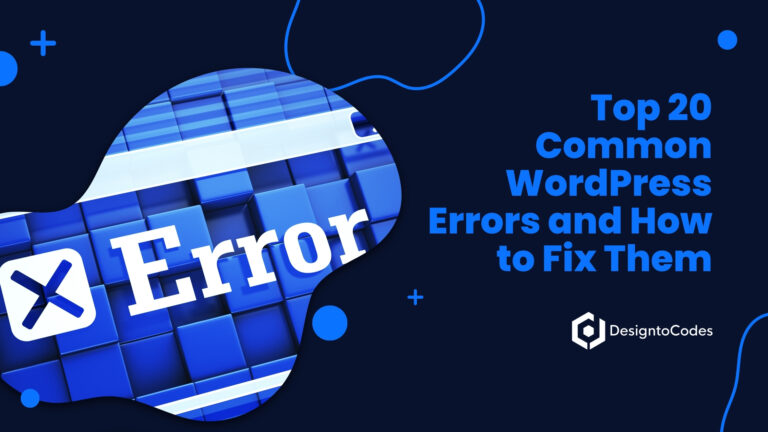
Top 20 Common WordPress Errors and How to Fix Them

Do you want to know about the Top 20 Common WordPress Errors and How to Fix Them? WordPress powers over 40% of websites globally, making it a go-to platform for bloggers, businesses, and developers. Its flexibility and ease of use are unmatched, but even the most robust systems encounter issues. From broken pages to login troubles, WordPress errors can frustrate users and disrupt site performance. This comprehensive guide explores the top 20 common WordPress errors, their causes, and step-by-step solutions to get your site back on track. Whether you’re a beginner or a seasoned developer, this post will help you troubleshoot effectively and optimize your site for a better user experience and SEO.
Why WordPress Errors Happen
WordPress errors often stem from plugin conflicts, theme issues, server misconfigurations, or outdated software. These issues can lead to downtime, slow loading, or broken functionality, impacting your site’s SEO rankings and user engagement. Addressing them promptly ensures your site remains accessible, fast, and professional. Below, we dive into the most frequent errors, their causes, and actionable fixes.
1. White Screen of Death (WSOD)
Cause: A blank white screen typically results from PHP errors, memory limits, or plugin/theme conflicts.
Fix:
-
Enable Debugging: In wp-config.php, set WP_DEBUG to true to identify the error.
-
Increase Memory Limit: Add define(‘WP_MEMORY_LIMIT’, ‘256M’) to wp-config.php.
-
Deactivate Plugins: Rename the plugins folder via FTP to plugins_old to disable all plugins, then reactivate one by one.
-
Switch to Default Theme: Temporarily switch to a default theme like Twenty Twenty-Five.
-
Check Syntax Errors: Review recently edited files for syntax issues.
2. 500 Internal Server Error
Cause: Often caused by corrupted .htaccess files, plugin conflicts, or server issues.
Fix:
-
Check .htaccess: Rename .htaccess to .htaccess_old and regenerate it via Settings > Permalinks.
-
Disable Plugins: Deactivate all plugins via FTP or the WordPress dashboard.
-
Increase PHP Memory: Add define(‘WP_MEMORY_LIMIT’, ‘256M’); to wp-config.php.
-
Contact Host: If unresolved, your hosting provider may need to check server logs.
3. 404 Error on Posts or Pages
Cause: Broken permalinks or missing pages.
Fix:
-
Reset Permalinks: Go to Settings > Permalinks and click “Save Changes” without modifying settings.
-
Check URL Structure: Ensure the post or page exists and the URL is correct.
-
Verify .htaccess: Ensure it contains the default WordPress rewrite rules:
# BEGIN WordPress <IfModule mod_rewrite.c> RewriteEngine On RewriteBase / RewriteRule ^index\.php$ - [L] RewriteCond %{REQUEST_FILENAME} !-f RewriteCond %{REQUEST_FILENAME} !-d RewriteRule . /index.php [L] </IfModule> # END WordPress
4. 403 Forbidden Error
Cause: Incorrect file permissions or security plugin restrictions.
Fix:
-
Check File Permissions: Set folders to 755 and files to 644 via FTP.
-
Review Security Plugins: Temporarily disable plugins like Wordfence to test.
-
Check .htaccess: Look for incorrect rules blocking access.
-
Contact Host: Server-side restrictions may need adjustment.
5. 502 Bad Gateway Error
Cause: Server overload or miscommunication between servers.
Fix:
-
Clear Cache: Purge your site and browser cache.
-
Check Plugins: Deactivate recently installed plugins.
-
Contact Hosting Provider: Server issues often require host intervention.
-
Switch DNS: If using a CDN like Cloudflare, check DNS settings.
6. 504 Gateway Timeout Error
Cause: Server takes too long to respond, often due to resource-intensive processes.
Fix:
-
Optimize Database: Use a plugin like WP-Optimize to clean your database.
-
Disable Heavy Plugins: Deactivate resource-heavy plugins.
-
Increase Timeout Limits: Contact your host to adjust server timeout settings.
-
Check CDN: Ensure CDN settings aren’t causing delays.
7. Connection Timed Out Error
Cause: Server overload or insufficient resources.
Fix:
-
Increase PHP Limits: Add define(‘WP_MEMORY_LIMIT’, ‘256M’); and set_time_limit(300); to wp-config.php.
-
Optimize Site: Compress images and enable caching with plugins like WP Rocket.
-
Upgrade Hosting: Consider a higher-tier hosting plan for better resources.
8. Error Establishing a Database Connection
Cause: Incorrect database credentials or a corrupted database.
Fix:
-
Verify Credentials: Check wp-config.php for correct DB_NAME, DB_USER, DB_PASSWORD, and DB_HOST.
-
Repair Database: Add define(‘WP_ALLOW_REPAIR’, true); to wp-config.php and visit yourdomain.com/wp-admin/maint/repair.php.
-
Contact Host: Ensure the database server is running.
9. Syntax Error
Cause: Incorrect code in theme or plugin files.
Fix:
-
Check Error Message: Note the file and line number mentioned in the error.
-
Access via FTP: Edit the problematic file to fix syntax (e.g., missing semicolon or bracket).
-
Revert Changes: If you edited the code recently, undo the changes.
-
Use Default Theme: Switch to a default theme to rule out theme issues.
10. Stuck in Maintenance Mode
Cause: WordPress creates a .maintenance file during updates, which may not be deleted properly.
Fix:
-
Delete. Maintenance File: Access your root directory via FTP and remove the. Maintenance file.
-
Clear Cache: Purge site and browser cache.
-
Update Manually: If the issue persists, manually update WordPress via FTP.
11. Cannot Upload Media Files
Cause: Incorrect file permissions or PHP upload limits.
Fix:
-
Check Permissions: Ensure the wp-content/uploads folder is set to 755.
-
Increase Upload Limits: Add to wp-config.php:
define('WP_MEMORY_LIMIT', '256M'); @ini_set('upload_max_filesize', '64M'); @ini_set('post_max_size', '64M'); -
Clear Cache: Purge any caching plugins.
12. Mixed Content Error
Cause: HTTP/HTTPS conflicts after migrating to SSL.
Fix:
-
Force HTTPS: Add to wp-config.php: define(‘FORCE_SSL_ADMIN’, true);.
-
Update URLs: Use a plugin like Better Search Replace to update HTTP to HTTPS in the database.
-
Check Theme/Plugins: Ensure all resources load via HTTPS.
13. “Are You Sure You Want to Do This?” Error
Cause: Nonce verification failure or plugin/theme issues.
Fix:
-
Disable Plugins: Deactivate all plugins to identify the culprit.
-
Switch Theme: Use a default theme to test.
-
Clear Cache: Purge browser and site cache.
14. 429 Too Many Requests Error
Cause: Exceeding server or API request limits.
Fix:
-
Check Plugins: Deactivate plugins making excessive API calls.
-
Contact Host: Verify server rate limits.
-
Use Caching: Implement caching to reduce server load.
15. Memory Exhausted Error
Cause: PHP memory limit is too low.
Fix:
-
Increase Memory Limit: Add define(‘WP_MEMORY_LIMIT’, ‘256M’); to wp-config.php.
-
Optimize Plugins: Deactivate resource-heavy plugins.
-
Contact Host: Request a server memory increase.
16. Login Page Refreshing or Redirecting
Cause: Corrupted cookies, plugins, or incorrect site URLs.
Fix:
-
Clear Cookies: Clear browser cookies and cache.
-
Check URLs: Ensure siteurl and home in the wp_options table match your domain.
-
Disable Plugins: Deactivate all plugins via FTP.
-
Add to wp-config.php:
define('WP_HOME', 'http://yourdomain.com'); define('WP_SITEURL', 'http://yourdomain.com');
17. “Briefly Unavailable for Scheduled Maintenance” Error
Cause: Stuck in maintenance mode after an interrupted update.
Fix:
-
Delete. Maintenance File: Remove via FTP.
-
Clear Cache: Purge all caches.
-
Retry Update: Manually update WordPress core, themes, or plugins.
18. Widget Issues After Update
Cause: Theme or plugin incompatibility after a WordPress update.
Fix:
-
Reset Widgets: Use a plugin like Widget Reset to restore defaults.
-
Switch Theme: Test with a default theme.
-
Update Plugins: Ensure all plugins are compatible with your WordPress version.
19. Slow Website Performance
Cause: Large images, unoptimized plugins, or lack of caching.
Fix:
-
Optimize Images: Use plugins like Smush or ShortPixel to compress images.
-
Enable Caching: Install WP Rocket or W3 Total Cache.
-
Minify CSS/JS: Use Autoptimize to reduce file sizes.
-
Upgrade Hosting: Consider managed WordPress hosting for better performance.
20. Broken Theme After Update
Cause: Incompatible theme code or missing files after an update.
Fix:
-
Switch to Default Theme: Activate Twenty Twenty-Five to test.
-
Update Theme: Ensure the theme is compatible with your WordPress version.
-
Check for Errors: Enable debugging to identify issues.
-
Contact Theme Developer: Request support or a theme update.
Common WordPress Errors and Solutions Table
|
Error |
Common Cause |
Quick Fix |
|---|---|---|
|
White Screen of Death |
PHP errors, memory limits |
Enable debugging, increase memory limit, and deactivate plugins |
|
500 Internal Server Error |
Corrupted .htaccess, plugin conflicts |
Rename .htaccess, disable plugins, and contact the host |
|
404 Error |
Broken permalinks |
Reset permalinks, check .htaccess |
|
403 Forbidden Error |
File permissions, security plugins |
Set permissions to 755/644, disable security plugins |
|
502 Bad Gateway |
Server overload |
Clear cache, check plugins, contact host |
|
504 Gateway Timeout |
Resource-intensive processes |
Optimize the database, increase timeout limits |
|
Connection Timed Out |
Server overload |
Increase PHP limits, optimize site, upgrade hosting |
|
Database Connection Error |
Incorrect credentials |
Verify wp-config.php, repair database |
|
Syntax Error |
Incorrect code |
Fix syntax via FTP, revert changes |
|
Maintenance Mode Stuck |
.maintenance file |
Delete the .maintenance file, clear the cache |
|
Cannot Upload Media |
File permissions, upload limits |
Set uploads to 755, increase PHP limits |
|
Mixed Content Error |
HTTP/HTTPS conflicts |
Force HTTPS, update database URLs |
|
“Are You Sure?” Error |
Nonce verification failure |
Disable plugins, clear cache |
|
429 Too Many Requests |
API request limits |
Check plugins, use caching, and contact the host |
|
Memory Exhausted |
Low PHP memory |
Increase memory limit, optimize plugins |
|
Login Page Refreshing |
Corrupted cookies, wrong URLs |
Clear cookies, verify siteurl, and home |
|
Scheduled Maintenance Error |
Interrupted update |
Delete the .maintenance file, retry the update |
|
Widget Issues |
Theme/plugin incompatibility |
Reset widgets, update plugins, switch theme |
|
Slow Website Performance |
Unoptimized resources |
Optimize images, enable caching, and minify CSS/JS |
|
Broken Theme |
Incompatible theme code |
Switch to default theme, update theme, contact the developer |
Tips to Prevent WordPress Errors
-
Regular Updates: Keep WordPress core, themes, and plugins updated to avoid compatibility issues.
-
Backup Frequently: Use plugins like UpdraftPlus to back up your site regularly.
-
Choose Reliable Hosting: Opt for managed WordPress hosting with good support and resources.
-
Test Changes: Use a staging site to test updates or new plugins before applying them live.
-
Monitor Site Health: Use WordPress Site Health to identify potential issues early.
SEO Optimization for Your WordPress Site
To maximize the reach of your WordPress site and this blog post, follow these SEO best practices:
-
Use Keywords: Incorporate relevant keywords like “WordPress errors,” “fix WordPress issues,” and “troubleshoot WordPress” naturally throughout the content.
-
Optimize Meta Tags: Write a compelling meta title (e.g., “Top 20 Common WordPress Errors and How to Fix Them”) and meta description (under 160 characters) to improve click-through rates.
-
Internal Linking: Link to other blog posts or templates on your site to keep users engaged.
-
Mobile-Friendly Design: Ensure your site is responsive, as Google prioritizes mobile-first indexing.
-
Fast Loading Times: Utilize caching and image optimization to enhance page speed, a crucial ranking factor.
-
Alt Text for Images: Add descriptive alt text to any images (e.g., screenshots of errors) to enhance accessibility and SEO.
Conclusion
WordPress errors can be daunting, but with the right approach, they’re manageable. This guide covers the top 20 common issues, from the White Screen of Death to slow performance, with clear, actionable fixes. By understanding the causes and implementing preventive measures, you can keep your site running smoothly and maintain a stellar user experience. Bookmark this post for quick reference, and share it with fellow WordPress users to help them troubleshoot effectively. For more web development resources, explore our collection of free and premium templates to elevate your site’s design and functionality.
- Categories: Reading
Recent Posts
Recent Products
Share This Post
Subscribe To Our Newsletter
Get More Update and Stay Connected with Us

